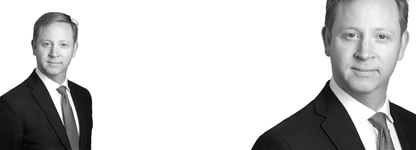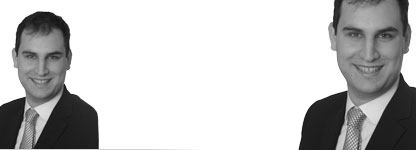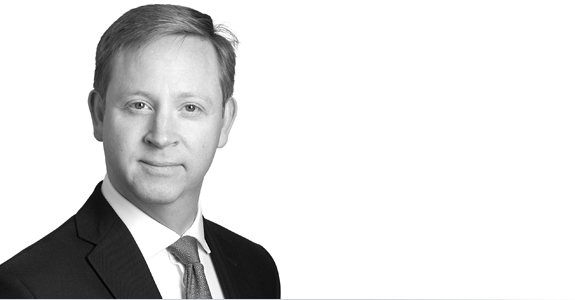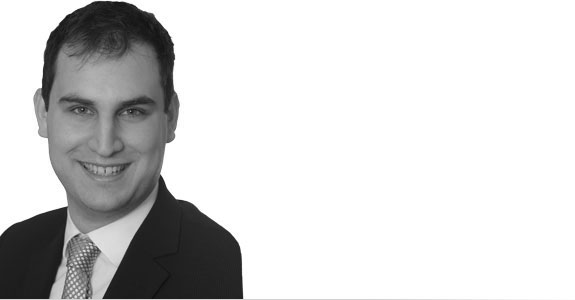Briefings
Port reception facilities for waste water in the Baltic Sea: fit for purpose? October 2017
Further to our previous article1 on the implementation and enforcement of sulphur oxide emissions limits under MARPOL Annex VI, we continue our series looking at issues affecting the maritime industry in the Baltic Sea. In this article, we focus on the implementation of another element of MARPOL, namely Annex IV on the prevention of pollution by sewage from ships.
In light of proposals made by the Baltic Marine Environment Protection Commission (the Helsinki Commission or HELCOM), the IMO amended Annex IV of MARPOL to designate the Baltic Sea as a special area for sewage from passenger ships (those carrying more than 12 passengers). This means that from the relevant effective dates (see below), all passenger ships in the Baltic Sea will be obliged to either treat their waste water on board by using an approved sewage treatment plant, or discharge it when in port by using port reception facilities (PRFs).
The implementation of the amended Annex IV was initially subject to sufficient notifications to the IMO on the availability of adequate PRFs from states bordering the Baltic Sea. Following agreement in April 2016 that adequate PRFs were in place, the following effective dates were confirmed:
- For newbuild ships, 1 June 2019
- For existing ships, 1 June 2021
- For ships that pass directly between St Petersburg and the North Sea, 1 June 2023.
Waste water – a key concern for cruise and passenger ferry operators
The impending implementation of the new sewage regulations will be of interest to cruise and passenger ferry operators, for whom the Baltic Sea is an important market experiencing significant growth. The number of cruise passengers in the region has increased annually at a rate of 9.7% over the last 15 years, from 1,072,000 in 2000 to 4,297,000 in 2015. The Baltic Sea is now the third largest cruise market by destination in the world, with an estimated 4.4 million passengers visiting in 2016. The size of the passenger ferry market is equally impressive, with over 45 million passengers travelling internationally via the Baltic Sea per year. With cruise ships using an average of 40-50 gallons of water per passenger per day through bathroom use alone, there will be vast quantities of waste water to process either on board or via PRFs.
Due to the significant potential damage (both financial and reputational) caused by contravention of the new sewage regulations, operators in the Baltic will naturally be concerned to ensure that systems are in place to assist compliance. Onboard purification systems will play a role, but the dirtiest waste water, such as contaminated bilge water, will be dealt with by PRFs. Whilst the IMO believe adequate PRFs are available (as this was the requirement for agreement on the effective dates), is this currently the case?
PRFs – the current position
Much progress has indeed been made. The Baltic Ports Organization (BPO) states that “the five biggest Baltic cruise ports (St Petersburg, Helsinki, Tallinn, Copenhagen and Stockholm), which receive 80% of all sewage from cruise ships in the Baltic, are fully prepared for [the] new regulation”. In Helsinki and Tallinn, for example, grey and black water from vessels is taken directly into the city’s wastewater system, with the Port of Tallinn constructing a new tunnel specifically for this purpose. Significant investment is also being made in other Baltic cruise ports, such as the Port of Kiel, which is constructing a wastewater reception facility at Ostseekai at a cost of 1.3 million Euros.
However, according to research conducted by Cruise Lines International Association (CLIA) in 2016, whereby member operators’ ships tested Baltic Sea PRFs as if the new MARPOL regulations were in place, PRF-related issues such as undue delay, lack of available facilities, and/or technical issues were reported in 46% of port calls.
Comment
As the effective dates of the new MARPOL regulations draw nearer, all parties including cruise and ferry operators, ports, and local wastewater system managers (where appropriate) will need to maintain a close and constructive dialogue to avoid unforeseen difficulties. One potential problem that might need to be managed is the suitability of local wastewater infrastructure to the quality of sewage discharged from vessels, which may contain heavy fuel oil and other contaminants. Furthermore, the added cost involved in processing wastewater onshore could be subject to commercial discussion between operators and port managers.
HFW will continue to monitor these developments with interest.
For more information, please contact the authors of this briefing:
Gudmund Bernitz
Senior Associate, London
T +44 (0)20 7264 8413
E gudmund.bernitz@hfw.com
Alex Kemp
Senior Associate, London
T +44 (0)20 7264 8432
E alex.kemp@hfw.com
Footnote
Research and drafting assistance provided by Joseph Malpas, Trainee Solicitor.




